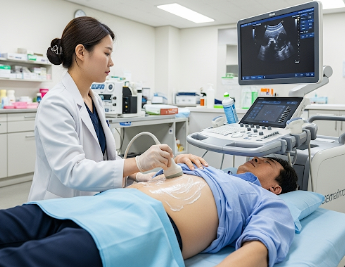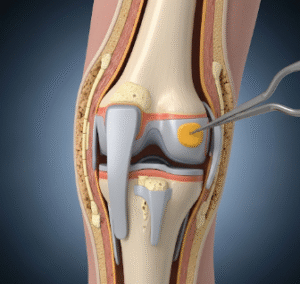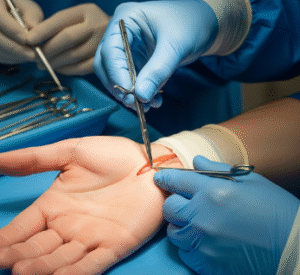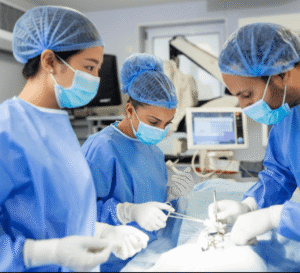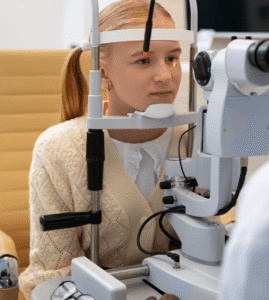Overview
Abdominal ultrasound is a non-invasive imaging procedure used to visualize the organs and structures within the abdomen. It uses high-frequency sound waves to produce images of organs such as the liver, gallbladder, pancreas, kidneys, spleen, and abdominal blood vessels.
In Korea, abdominal ultrasounds are performed in advanced diagnostic centers and hospitals using high-resolution machines, ensuring accurate detection of abnormalities and early diagnosis. The procedure is safe, painless, and widely available, making it an essential tool in medical evaluation.
What is Abdominal Ultrasound?
Abdominal ultrasound is a diagnostic imaging technique that provides real-time images of the internal organs in the abdominal cavity.
Key organs evaluated include:
- Liver: Detects fatty liver, tumors, or cirrhosis
- Gallbladder: Identifies stones, inflammation, or polyps
- Pancreas: Detects inflammation, cysts, or masses
- Kidneys: Evaluates kidney stones, cysts, or structural abnormalities
- Spleen: Checks for enlargement or lesions
- Abdominal aorta: Screens for aneurysms or vascular issues
Key points:
- Non-invasive and radiation-free
- Provides real-time images for immediate evaluation
- Often combined with Doppler ultrasound to assess blood flow
- Used for diagnosis, monitoring chronic conditions, and guiding procedures
What are the benefits?
- ✅ Safe, non-invasive, and painless
- ✅ Provides quick and accurate imaging of abdominal organs
- ✅ Can detect tumors, cysts, stones, and other abnormalities
- ✅ No radiation exposure, making it suitable for all ages, including pregnant women
- ✅ Used to guide procedures such as biopsies or drain placement
- ✅ In Korea, high-resolution imaging and experienced radiologists ensure precise results
Procedure Details
1) How should I prepare for Abdominal Ultrasound?
- ➤ Fasting: Usually 6–8 hours before the procedure to reduce gas and improve image clarity
- ➤ Hydration: For some ultrasounds (e.g., pelvic or kidney), a full bladder may be required
- ➤ Wear loose clothing or gowns provided by the clinic
- ➤ Medical history: Inform the technician about previous surgeries or abdominal conditions
- ➤ Remove accessories like belts or jewelry that may interfere with imaging
2) What happens during the procedure Abdominal Ultrasound?
- ✅ Patient lies on a table, usually in a supine position
- ✅ Gel applied to the abdomen to enhance sound wave transmission
- ✅ A transducer (handheld device) is moved over the abdomen to capture images
- ✅ Technician may ask the patient to hold breath or change positions to obtain clear images
- ✅ Doppler ultrasound may be used to assess blood flow in vessels
- ✅ Procedure duration: 20–40 minutes depending on organs examined
3) What happens after Abdominal Ultrasound?
- ➤ Gel is wiped off; patient can resume normal activities immediately
- ➤ No side effects or recovery time required
- ➤ Radiologist analyzes the images and prepares a report
- ➤ Results may guide further investigations, treatment, or follow-up
Risks / Benefits
Potential Risks:
- ➤ Minimal risks; completely non-invasive
- ➤ Rare skin irritation from gel or minor discomfort from lying still
Benefits:
- ✅ Provides immediate and detailed visualization of abdominal organs
- ✅ Safe for repeated use without radiation
- ✅ Helps diagnose and monitor a wide range of conditions
- ✅ In Korea, advanced machines and expert radiologists ensure accurate and reliable results
Recovery and Outlook
- Hospital stay: Usually outpatient; no admission required
- Activity: Normal activities can be resumed immediately
- Follow-up: Depending on findings, your doctor may recommend further tests, treatment, or periodic monitoring
- Outcome: Early detection of conditions such as stones, cysts, tumors, or vascular issues leads to better management and prognosis
When To Call the Doctor
- ➤ If results indicate abnormal findings needing urgent attention
- ➤ Persistent abdominal pain, swelling, or jaundice despite normal imaging
- ➤ Signs of infection or other systemic issues discovered during follow-up
Best Korea Option / Process
- ✅ Korea provides state-of-the-art imaging centers with high-resolution ultrasound machines
- ✅ Performed by experienced radiologists specialized in abdominal imaging
- ✅ Combines ultrasound with Doppler and contrast-enhanced studies for precise diagnosis
- ✅ International patients benefit from VIP services, English-speaking staff, and rapid reporting
- ✅ Safe, accurate, and widely recommended for diagnostic and monitoring purposes

